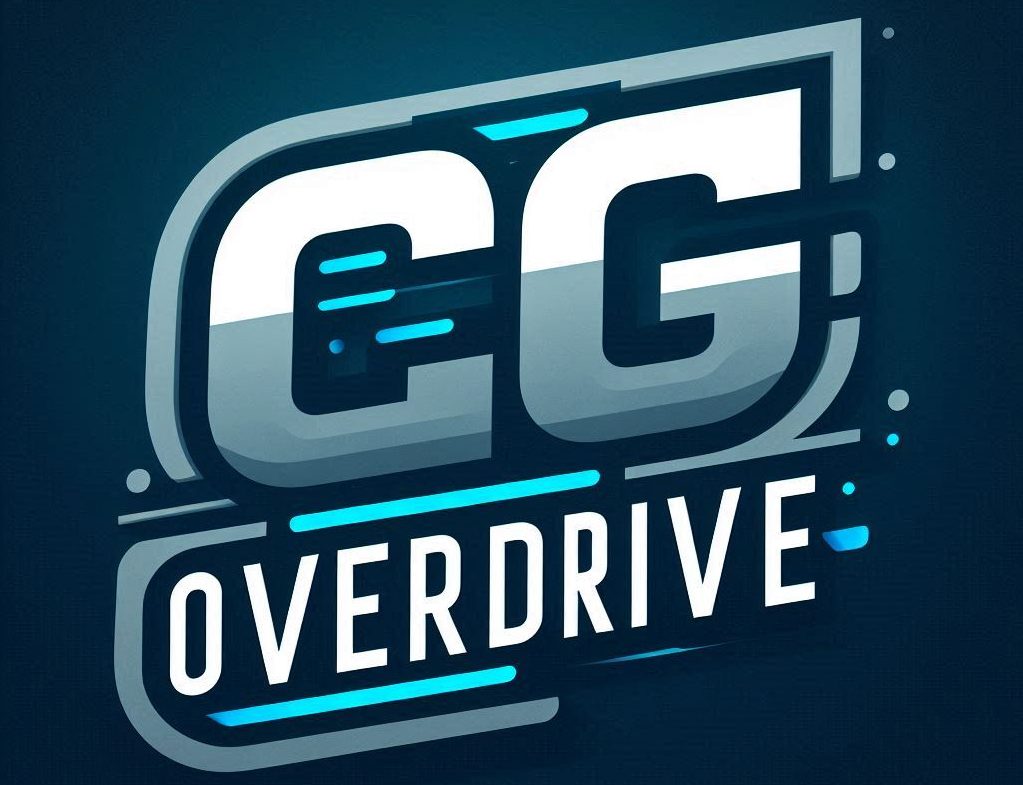The Transformative Power of Virtual Reality in the Computer Graphics Industry
Virtual Reality (VR) has surged far beyond being a futuristic concept to become a transformative force in the computer graphics industry. By rendering immersive digital worlds with striking realism, VR reshapes storytelling, gaming, training, and design, offering experiences that engage users in ways flat screens cannot match. For creators and developers within computer graphics, understanding VR’s intricate mechanics and groundbreaking applications is critical to pushing the boundaries of visual innovation.
What Makes Virtual Reality a Game-Changer in Computer Graphics?
At its core, Virtual Reality blends real-time computer graphics with immersive hardware such as head-mounted displays (HMDs) and motion tracking to deliver fully interactive environments. Unlike traditional CG, where users remain outside the frame observing images on a screen, VR places users inside the environment itself, making every pixel a portal to new realities.
Key technical pillars behind VR’s impact include:
– **Stereoscopic Rendering:** Generating dual images for each eye creates a convincing depth perception essential for immersion.
– **High Frame Rates (90+ FPS):** Maintaining fluid visuals to reduce motion sickness and maintain presence.
– **Positional Tracking:** Capturing head, hand, and body movements to allow natural interaction with CG content.
– **Low Latency:** Ensuring near-instantaneous updates of visuals corresponding to user movements.
These elements require specialized graphic pipelines optimized for performance without sacrificing visual fidelity, pushing CG artists and engineers to innovate on textures, shaders, and rendering algorithms continually.
Cutting-Edge VR Techniques Elevating Computer Graphics
As VR hardware evolves, so do the computer graphics technologies that fuel it. Key cutting-edge advancements include:
| Technique | Description | Impact on VR Experience |
|————————|————————————————|———————————————–|
| Foveated Rendering | Focuses rendering detail on where the user looks | Drastically reduces GPU load while maintaining visual quality |
| Physically Based Rendering (PBR) | Simulates real-world materials responding to light | Enhances realism of virtual objects, boosting immersion |
| Volumetric Lighting | Simulates light scattering through space | Adds depth and atmosphere to scenes |
| Real-Time Ray Tracing | Calculates realistic reflections/refractions | Produces photorealistic effects in interactive scenarios |
These innovations allow VR CG creators to build environments where light, texture, and shadow behave as naturally as in reality, transforming user engagement from passive watching to active presence.
Practical Advice for VR Developers and CG Artists
Mastering VR development is a multi-disciplinary challenge that blends artistic vision with hardware-aware engineering. Below are focused strategies to accelerate expertise and deliver compelling VR CG experiences:
– **Prioritize Comfortable User Experience:** Optimize movement mechanics to minimize motion sickness by avoiding abrupt accelerations and implementing teleportation or gradual navigation.
– **Balance Visual Fidelity with Performance:** Use techniques like foveated rendering and object LOD (Level of Detail) to allocate resources where they matter most.
– **Leverage Modular Asset Pipelines:** Develop reusable assets and shaders compatible across multiple VR platforms to speed up iteration cycles.
– **Implement Multi-Sensory Feedback:** Combine visuals with spatial audio and haptic feedback to enrich immersion.
– **Conduct Frequent User Testing:** Gather real-world feedback to refine interactions and reduce usability friction.
By strategically addressing these areas, CG professionals can create VR experiences that captivate and sustain user engagement without undermining comfort or technical stability.
Inspiring Examples Revolutionizing VR in Computer Graphics
Several industry-leading projects highlight how VR and computer graphics coalesce into new storytelling and experiential paradigms.
– **Half-Life: Alyx (Valve Corporation):** This VR-exclusive game pushes interactive environmental storytelling through meticulously crafted CG assets and realistic physics, elevating gaming immersion.
– **The Blu (Wevr):** An oceanic VR experience that uses volumetric lighting and PBR techniques to transport users underwater, educating them through breathtaking marine visuals.
– **Tilt Brush (Google):** Democratizes 3D creativity by allowing artists to paint in space, unlocking fresh narratives shaped by immersive CG.
– **Architectural Visualization:** Firms use VR to walk clients through photorealistic 3D building models, enhancing design feedback loops and reducing costly revisions.
These projects exemplify the mix of technical mastery and creative foresight necessary to harness VR’s full potential within computer graphics.
Empowering the Next Wave of VR Innovators
With VR’s rapid growth, continuous learning is vital for those in computer graphics. Here’s how creators can position themselves at the forefront:
– **Invest in Cross-Disciplinary Skills:** Combine knowledge of real-time rendering, animation, UX design, and hardware capabilities.
– **Explore Open-Source VR Frameworks:** Tools like OpenXR and Unity enable experimentation and rapid prototyping.
– **Follow Industry Research:** Stay updated on new display technology, AI-driven CG methods, and networking advances for multi-user VR.
– **Participate in VR Communities and Jams:** Gain feedback, collaborate, and showcase work to expand visibility and hone expertise.
– **Experiment with Emerging Hardware:** Hands-on experience with devices like haptic gloves, eye trackers, and wireless VR headsets unveils fresh possibilities.
For anyone passionate about shaping the future of computer graphics, VR represents both a formidable challenge and an unprecedented creative playground.
Summary Framework: Strategies for VR-Centric Computer Graphics Success
| Objective | Actions | Key Considerations |
|—————————–|———————————————————-|————————————————–|
| Optimizing Visual Performance| Use foveated rendering, LOD, and efficient shaders | Balance resource use to maintain high FPS |
| Enhancing Realism | Employ PBR, volumetric lighting, real-time ray tracing | Leverage hardware acceleration where possible |
| Designing User Comfort | Implement natural locomotion, minimize latency | Avoid VR sickness through design-sensitive choices |
| Enabling Interactivity | Integrate precise tracking, responsive physics | Support varied input devices for accessibility |
| Accelerating Development | Modular asset workflows, cross-platform compatibility | Facilitate updates and scalability |
Mastering these dimensions ensures VR developers not only create stunning computer graphics but also deliver meaningful and memorable experiences.
The intersection of Virtual Reality and computer graphics is redefining how stories are told and worlds are built. By marrying technical innovation with creative bravery, VR pushes artists and engineers alike to reimagine digital realities. For those willing to embrace the complexity, VR offers a frontier where imagination meets immersive technology — a playground where the future of computer graphics is written in every pixel around us.
